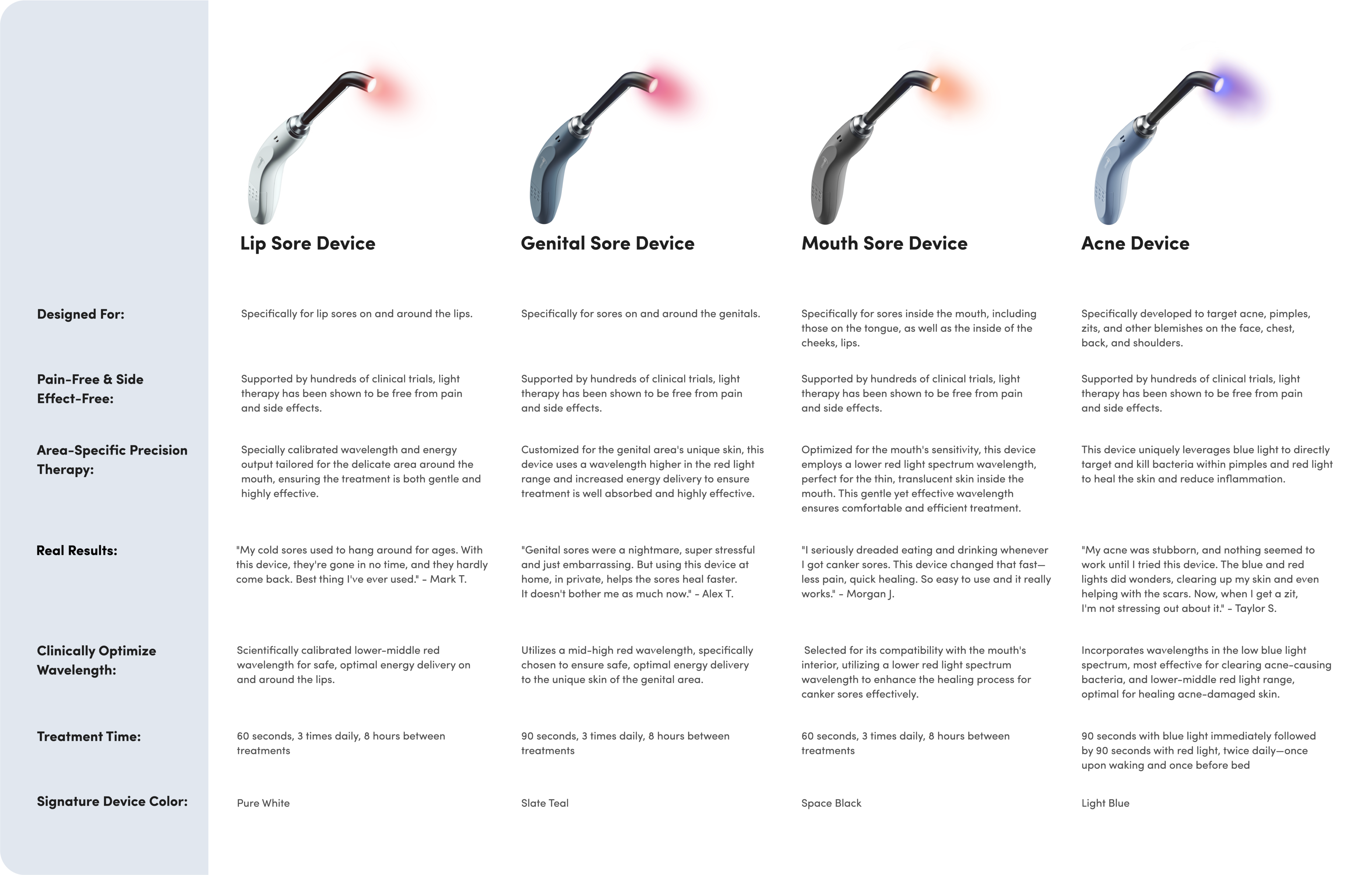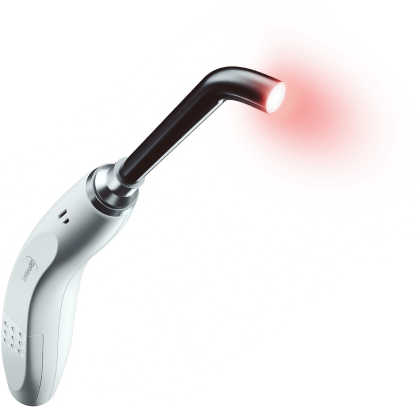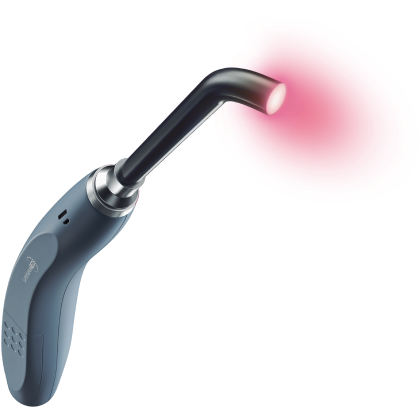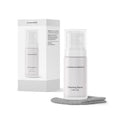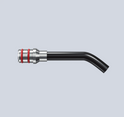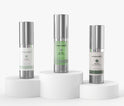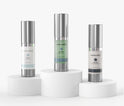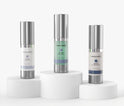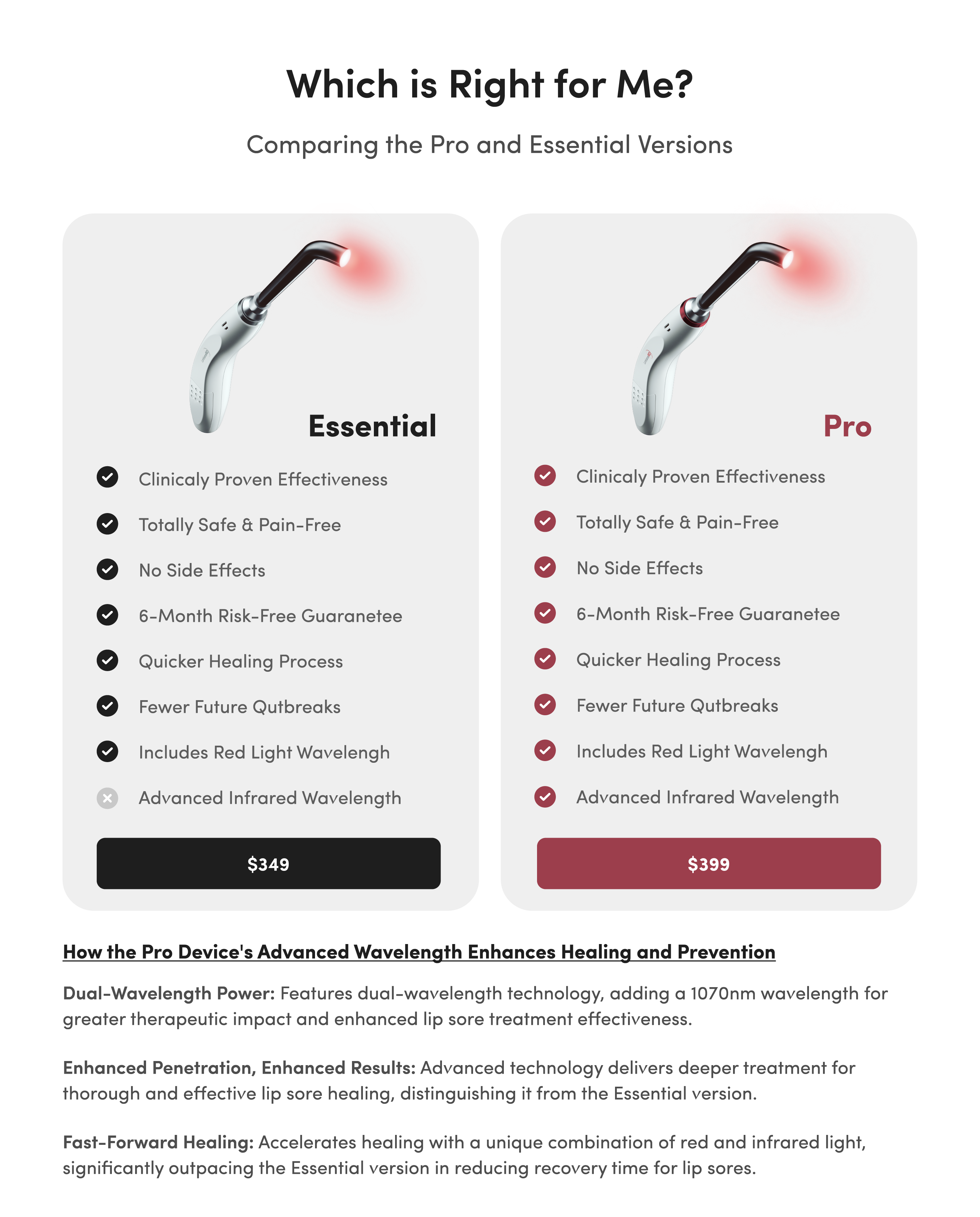What Does a Canker Sore Look Like? Your Identification Guide
Canker sores (also referred to as aphthous ulcers) are painful, annoying, and can interfere with enjoying your day. Many people with canker sores find that these unpleasant, small ulcers are tough to get rid of and make it hard to eat and talk normally.
Here, we'll take a look at what causes a canker sore, what canker sores look like, how you can treat canker sores, and what to expect from the healing process.
What is a Canker Sore?
Canker sores occur on the inside of the lips or cheeks, the soft palate of the mouth, or at the base of the gums, where they aren't visible to others. These shallow, small lesions are not contagious, but they can be extremely uncomfortable.
While canker sores aren't cold sores, many people who experience both issues notice that the period prior to the appearance of a canker sore feels much like the period just before a cold sore appears. Soreness, burning, and tingling may all occur in the area in which a canker sore is beginning to develop.
What Causes a Canker Sore?
Modern medicine still hasn't been able to pin down exactly why some people experience canker sores in response to certain situations, while others don't. It's likely that canker sores are caused by a combination of factors, which may include:
- Hormonal changes in the body
- Stress
- Food sensitivities
- Minor injuries to the mouth (including those from dental work)
- Nutritional deficiencies
- Allergic reactions
- Autoimmune conditions
- Inflammatory conditions
Young adults and teens are more likely to experience canker sores than people in other age groups, and girls and women are more likely to experience canker sores than boys and men.
If you experience canker sores from time to time, it's likely that you don't have anything to worry about. However, treating canker sores is essential for easing your discomfort.
Next, we'll take a look at what a canker sore looks like to help you to identify whether you're currently struggling with one of these irritating ulcers.
What Does a Canker Sore Look Like?

Canker sores move through three stages as they progress:
- Prodromal stage, days 1-3: At the beginning of this period, the canker sore may or may not be visible. The spot may become sore, and will eventually form a small white, yellow, or gray colored ulcer. There may be one or several sores in one place.
- Ulcer stage, days 3-6: After the initial formation of the sore, it will grow to its full size. Most canker sores reach their full size approximately 96 hours following the start of their formation.
- Healing stage, days 6-14: During this period, healing occurs. Most people find that by day 14, their canker sore is completely healed.
Please note that the above time ranges are averages, and your canker sore healing process may look different than what's listed here.
Canker Sore Treatment
If you're searching to learn more about how to get rid of canker sores, it's likely that you're dealing with one of these painful, frustrating ulcers. Luckily, there are many treatment options available to help you find fast canker sore relief.
Some of the options for canker sore treatment include:
- Over the counter numbing liquid: OTC treatment options that contain benzocaine can provide brief relief from the pain of canker sores. It may be necessary to reapply frequently.
- Luminance RED: A 60 second red laser treatment, once per day, is highly effective at treating canker sores. Bonus: there's no need to carry anything with you throughout the day, and there's no mess.
- Saltwater rinse: In addition to other treatment, using a saltwater rinse once or twice a day can help keep your mouth free of bacteria that can cause and/or exacerbate a canker sore.
- Cold fluids: Cold fluids can provide a temporary numbing effect.
Canker Sore Prevention
Of course, it's ideal to never have to deal with canker sores in the first place. There are several things that you can do in order to decrease the likelihood that you'll experience a recurring canker sore problem. Paying attention to your triggers (such as certain foods, excess emotional stress, or poor nutrition) can help you to make small lifestyle changes that help your body fight the formation of canker sores.
When you feel a canker sore coming on, it's key to take steps to fight it right away. Using the Luminance RED and/or a saltwater rinse at the first feeling of a canker sore may stop the sore from ever appearing.
Canker Sore Healing: What to Expect
Most canker sores eventually go away completely and leave no scar behind. Some canker sores may leave a scar, particularly if they're especially large or if several of the sores appear in one place. The scar may be lighter than the surrounding tissue, or may heal as a dark, hyperpigmented spot. Continue using your canker sore treatment until you no longer feel or see the effects of the sore in order to help your body through the healing process.
When to See a Doctor
Most canker sores go away in time, and medical treatment is typically not necessary. However, if you find that you have canker sores that don't go away, your canker sores are large, or you're unable to eat, drink, and/ or speak due to your canker sore, it's a good idea to seek the advice of a medical professional. While not typically the case, recurring canker sores can sometimes be caused by a serious health issue. Your doctor may want to run tests to rule out potential canker sore causes.






